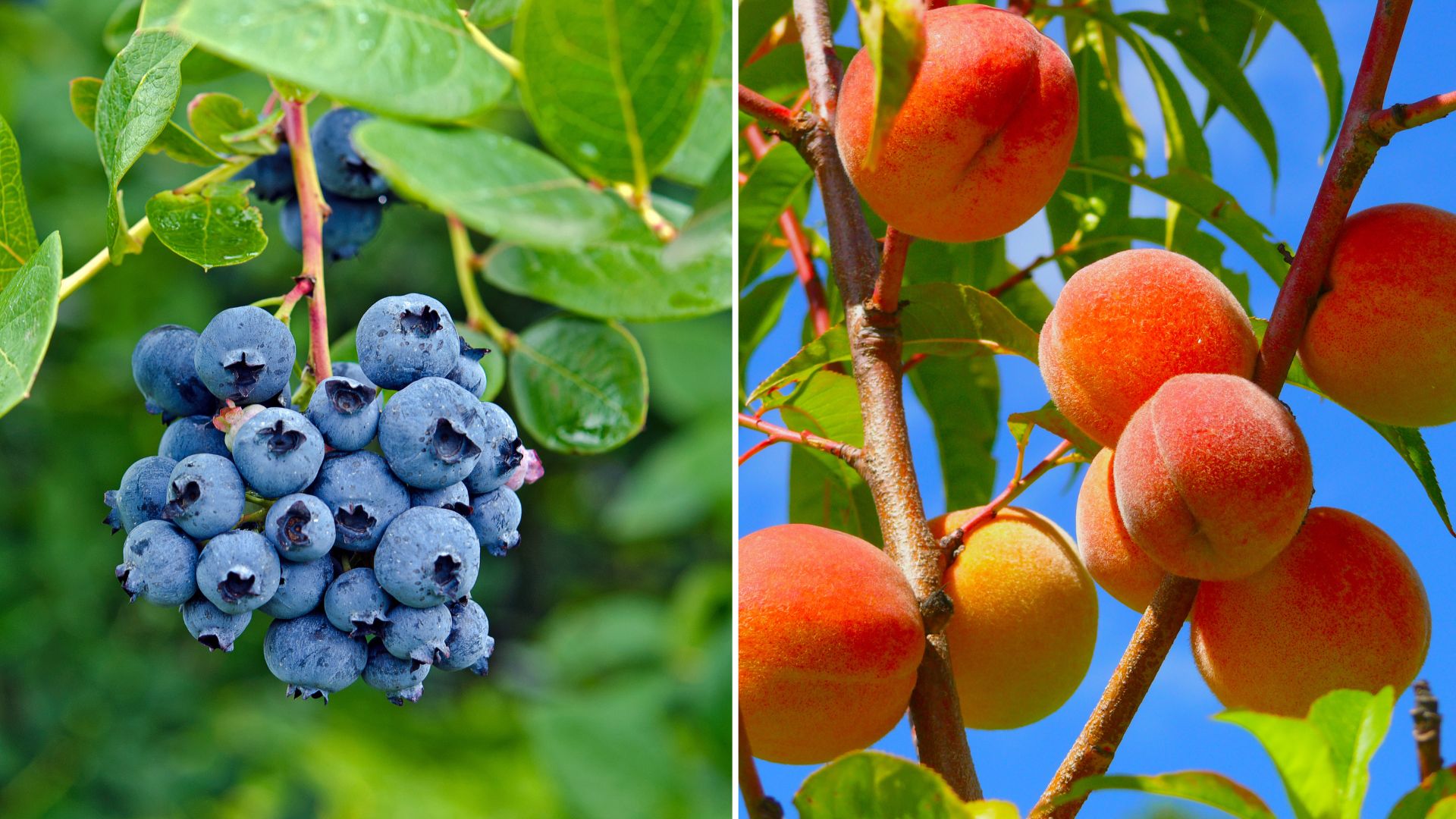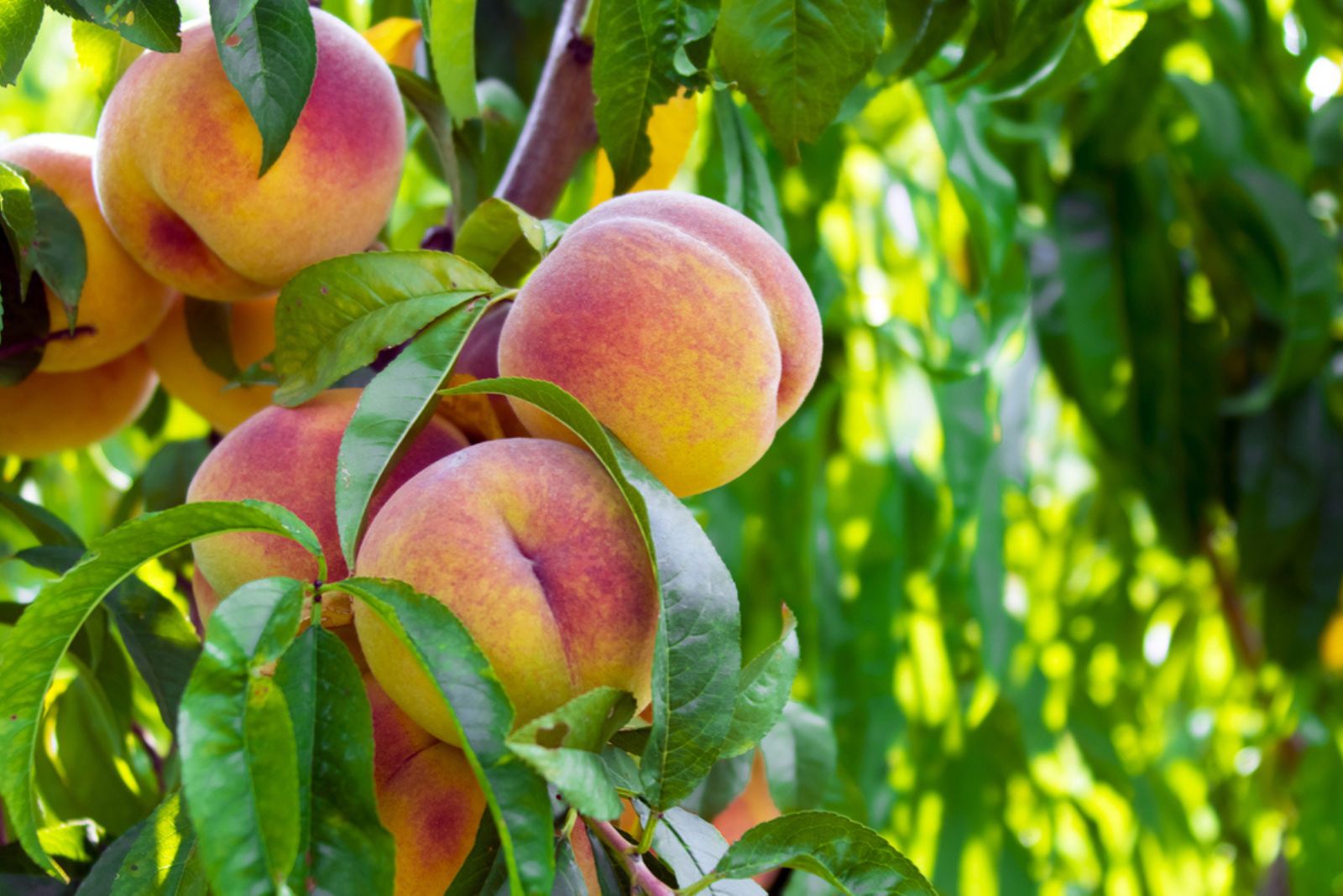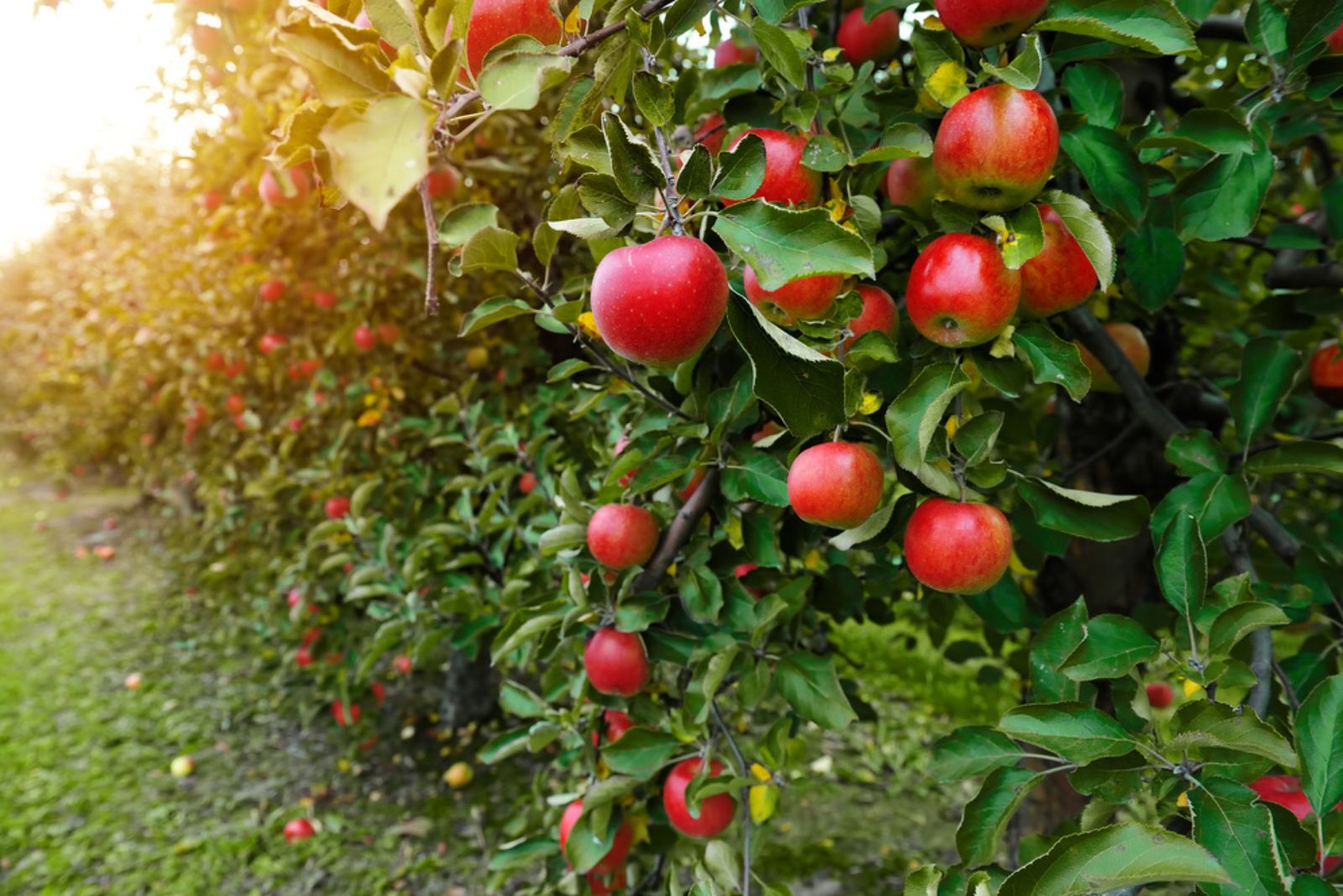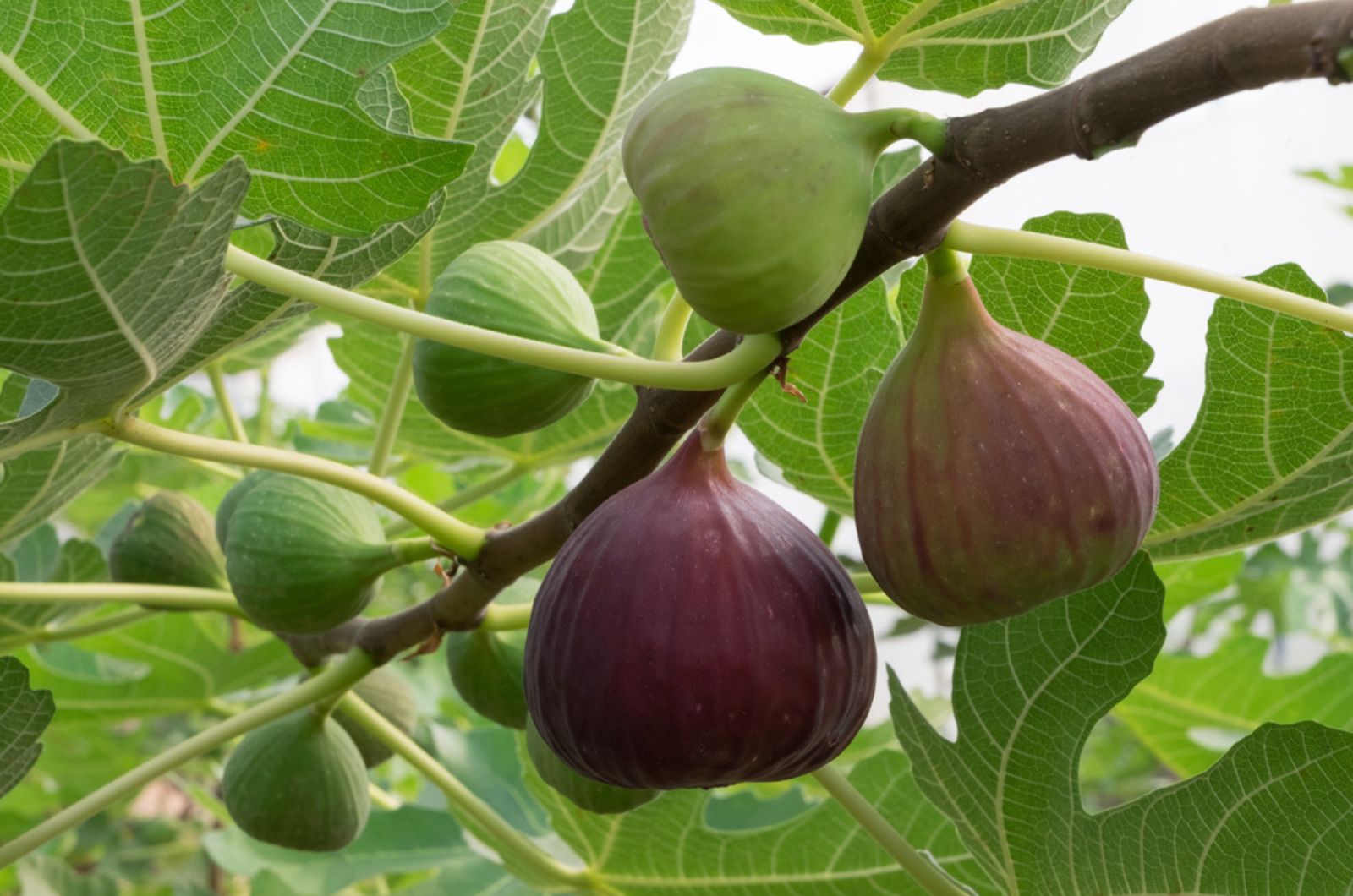If you are new to gardening, then you should definitely start with fruits and veggies that are easy to grow. Growing your own fruit is not only rewarding but also incredibly satisfying – it allows you to enjoy delicious and fresh fruits right from your garden.
Don’t worry, many popular and delicious fruits are not so hard to grow, so I doubt that you will have any issues with them!
Now, let’s see the fruits in question and also how to properly grow them. 🙂
1. Blueberry
Blueberries are small, delightful fruits that have a sweet-tart flavor and prominent blue-purple color. They grow on deciduous shrubs that typically reach 4 to 6 feet tall.
In the spring, numerous white or pink flowers appear all over the shrub, which makes it even prettier. Later on, these flowers will transform into delicious berries!
Blueberry shrubs can grow almost anywhere if given acidic soil and ample sunlight. Amending the soil with organic matter, such as peat moss or compost, can improve fertility and drainage.
When planting this shrub, you can put it nearby blueberry companion plants such as lilacs or cranberries.
Blueberries have shallow roots and are sensitive to drought, which is why you should water them frequently to keep the soil moist. Apply a layer of mulch, such as wood chips or pine straw, around the base of the plant to conserve moisture and control weeds.
This can also be helpful: From Tiny Berries to Bucketfuls: Fertilizing Blueberry Bushes Made Easy
2. Peach
Peach trees are deciduous and can range in size from dwarf varieties suitable for small gardens to larger trees. They produce fuzzy fruits known for their sweet and juicy flesh packed with vitamins and minerals.
If you want to grow peaches in your garden, it’s important to select the appropriate variety for your area. Plant the tree in a location where it can receive about 6 to 8 hours of direct sunlight daily.
Peaches also require slightly acidic to neutral, well-draining soil with good fertility. Keep the soil moist, especially during dry spells. You could also thin peaches when they are small to prevent overcrowding and promote larger, healthier fruit.
Here’s a thorough guide on how to grow a peach tree from planting to harvest.
3. Raspberry
Here’s yet another juicy berry that’s prized for its sweet-tart flavor!
Unlike blueberries, raspberries grow on thorny canes that can be erect or trailing. Raspberry bushes vary in size but typically reach 3 to 5 feet tall. These berries are not only tasty but also rich in antioxidants, minerals, and vitamins.
Raspberries are quite easy to grow – these bushes prefer full sun but they can also tolerate growing in partial shade. Although they tolerate different soil types, raspberries grow best in well-draining, loamy soil that is also rich in nutrients.
Keep the soil consistently moist, especially during the fruiting season. Mulching can help retain moisture. You can also apply a balanced fertilizer in the spring to support healthy growth and fruit production.
When planting, consider growing some of these 15 raspberry companion plants nearby.
4. Apple
Of course, we can’t go on without mentioning apples!
Apples are one of the most beloved and widely cultivated fruit trees globally, known for their crisp fruits and easy cultivation. They are deciduous trees that come in various shapes and sizes, from dwarf varieties suitable for small gardens to standard-sized trees.
If you want to have fresh apples in your garden, then start by planting a variety that is suitable for growing in your area. Keep in mind that apples also thrive in full sun and require at least 6 hours of sunlight daily.
Proper soil preparation is essential prior to planting – apple trees grow best in slightly acidic to neutral, well-draining soil that is also fertile. Don’t forget to thin apples to prevent overcrowding.
5. Strawberry
Delicious strawberries are also quite easy to grow – these sweet and juicy berries grow low to the ground on trailing runners. You can grow them in the garden, but if you don’t have enough space, you can also grow strawberries in pots.
These delicious berries can adapt to both full sun and partial shade. It’s important to grow them in well-draining soil that is enriched with organic matter. Keep the soil moist, especially during the fruiting period.
Adding mulch can help with moisture retention, but also to keep the fruit off the ground. Keep an eye out for birds and slugs since they commonly munch on ripe strawberries.
6. Fig
The last fruit on our list is figs, delicious fruits known for their sweet, chewy flesh and distinctive, lobed leaves. Figs grow on deciduous trees that can range in size from small bushes to large trees (this depends on the variety).
These unique fruits can thrive in extended periods of hot, arid summers. It’s crucial that the fig tree receives at least six hours of sunlight during the day. The soil for figs should be fertile and well-draining.
Water your fig trees regularly, especially when they are young. It’s also crucial to protect them from cold temperatures, so consider wrapping them to prevent frost damage. One of the common fig growing mistakes is not pruning, so make sure to do that when the tree goes dormant.




